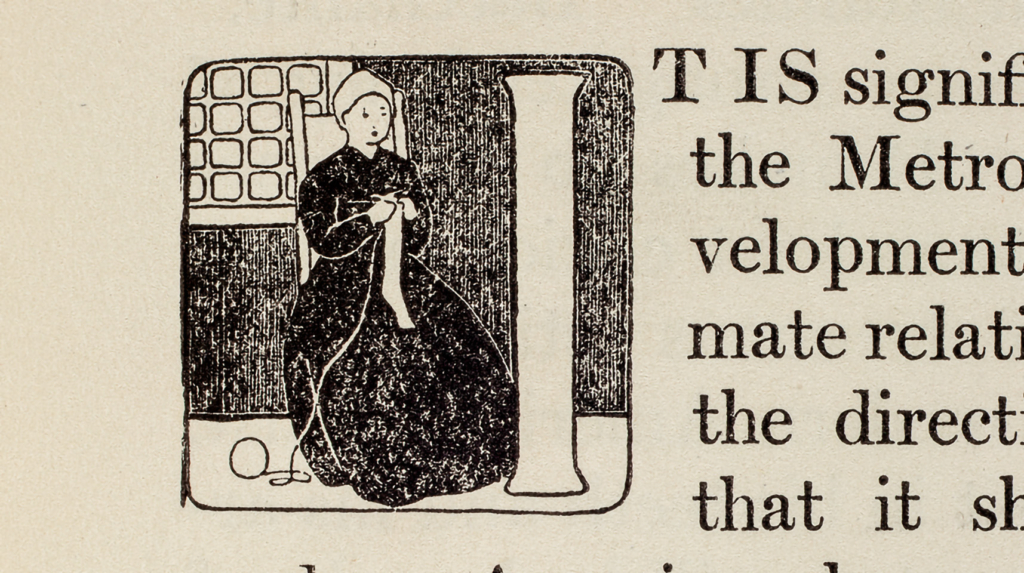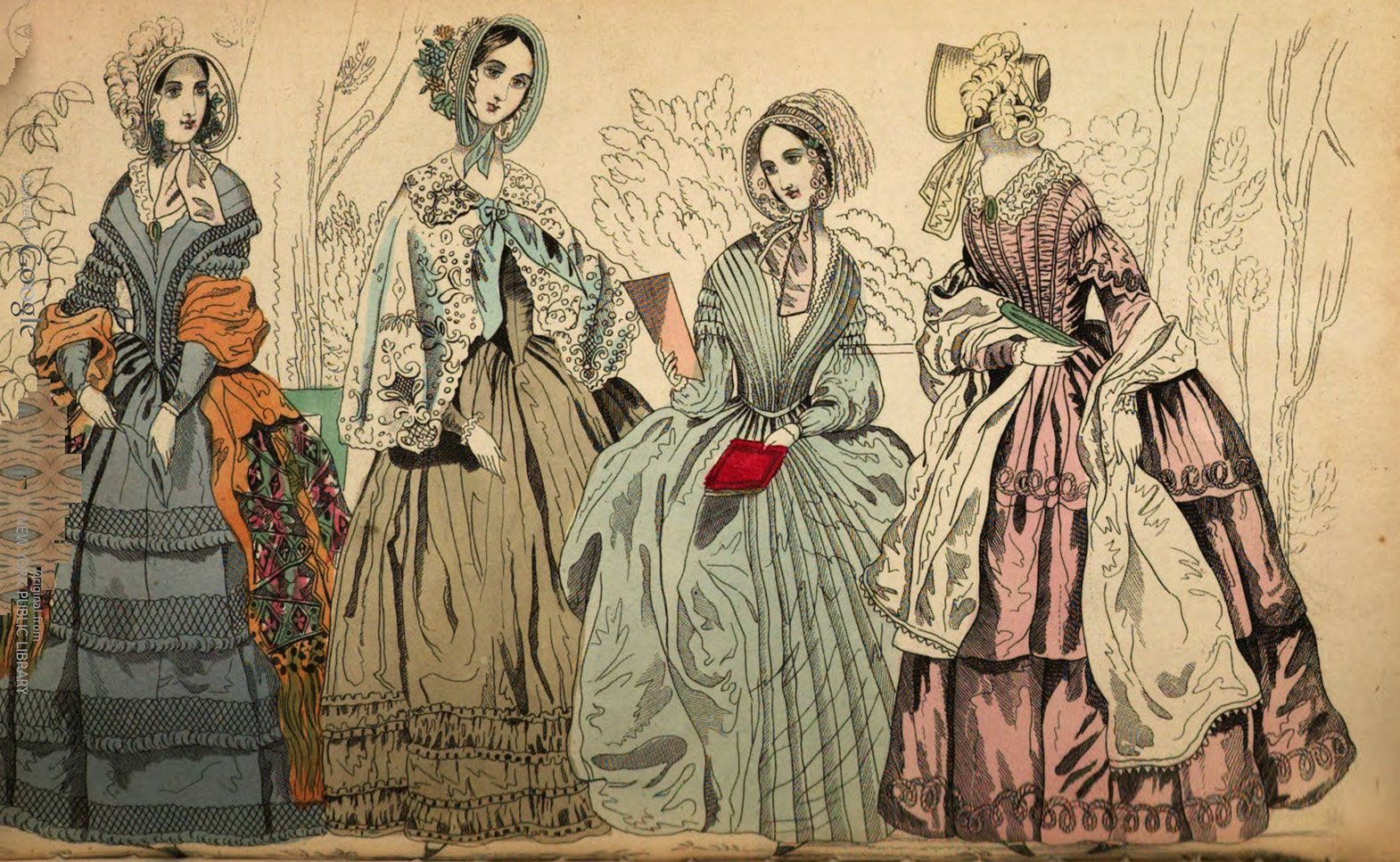Be transported to this period in history through a Case Library exhibition.
“Beauty is practical,” said H.M. O’Kane, a 20th-century craftswoman whose print-made art adorns books attributed to the Elston Press. Her work would introduce a new aesthetic to popular literature: artwork that expands the story and pleases the reader, causing them to linger on the page. Special Collections and University Archives presents her story, among other creatives, in its latest exhibition, Women of the Arts & Crafts Print Movement.
The showcase historicizes the Arts and Crafts movement, which emerged at the turn of the 20th century in response to an increasingly industrial era. It was led by crafters, who proved their dissent from the monotonous market of mass-produced goods by fashioning decorative wallpaper, furniture, ceramics, and textiles. They were inspired by Pre-Raphaelite poets such as Dante Gabriel Rossetti, who saw crafting as an immersive art.
“It [crafting] uses your head, hands, and heart simultaneously,” says Special Collections Librarian Xena Becker, who curated the exhibition. “You’re not only thinking about a concept. You’re making and experiencing something beautiful.”
As did O’Kane, the crafters also printed books (such as John Milton’s Paradise Lost and Henry David Thoreau’s Friendship) filled with intricate illustrations. And although print shops were owned by men, women filled their shops.
“The women were often relegated to the margins in this work, but in reality, they made a large impact,” Becker says.
On the second and third floors of Case Library, book pages, magazine covers, and photographs from Colgate’s archives transport us to this creative period in American history.
Women at Work
Using a sewing frame, this woman stitches pages into a book. She is shown working at the Roycroft Press, a print shop that now stands as a historic site in East Aurora, N.Y. At Roycroft, women made pottery and jewelry alongside their bookbinding duties.
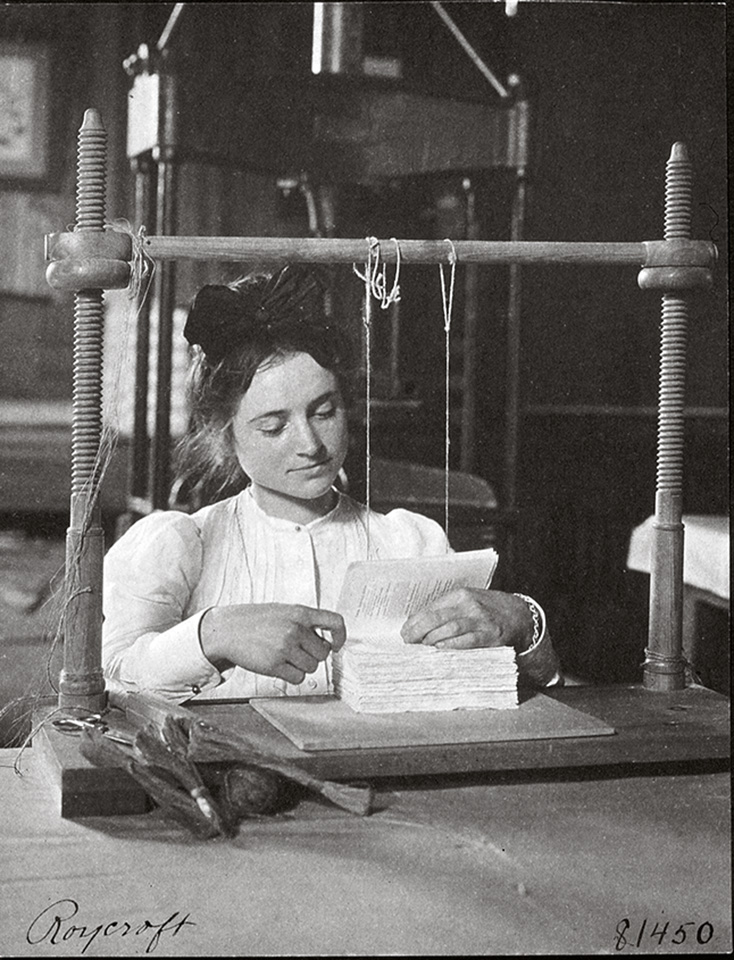
Printing at Booker T. Washington’s Tuskegee Institute
Washington founded the Tuskegee Institute in 1881 to shape self-reliant Black southerners, for whom he provided a collegiate and practical education. On the practical side, students learned about woodworking, domestic work, and print techniques. In their printing office, they joined art with handicraft and inspired several other workshops within the Arts and Crafts movement.
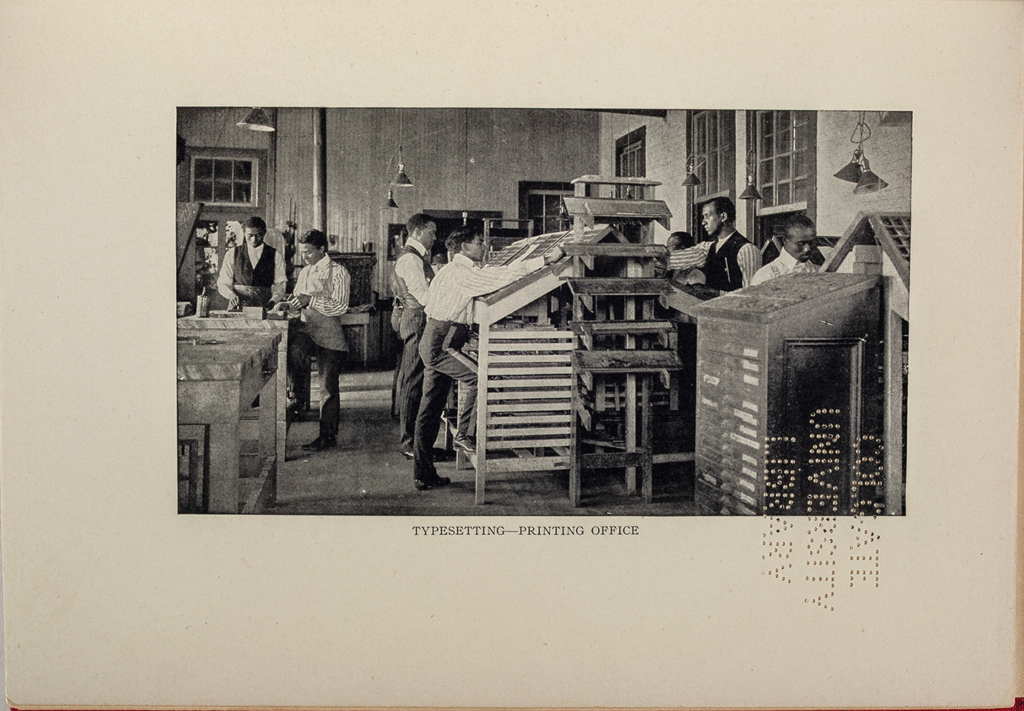
Beautiful and Practical
H.M. O’Kane illustrated this cover for Vanity Fair in 1925, which she titled “A Woman and an Animal.” It was at this time when she began to branch her crafting skills into costume design — she would go on to create fashions for eight Broadway shows, including Hitchy-Koo.
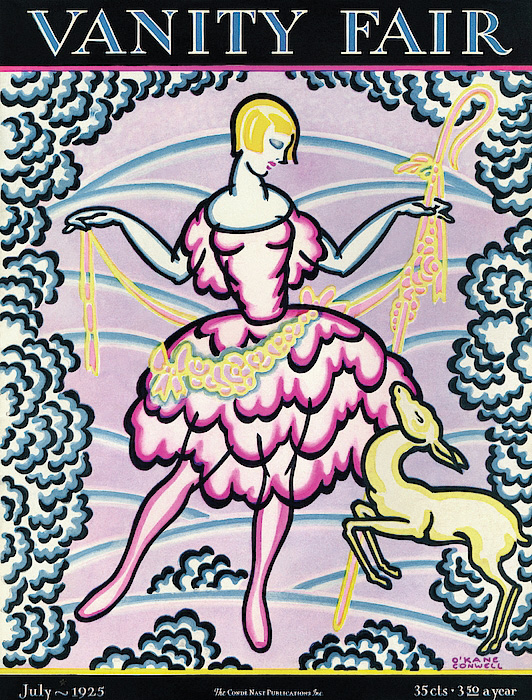
“I” Love to Knit
Becker refers to this image as an “inhabited initial,” in which a woman knitting a sock decorates the page. It leads into an article from the Craftsman, a magazine of the Arts and Crafts movement.
